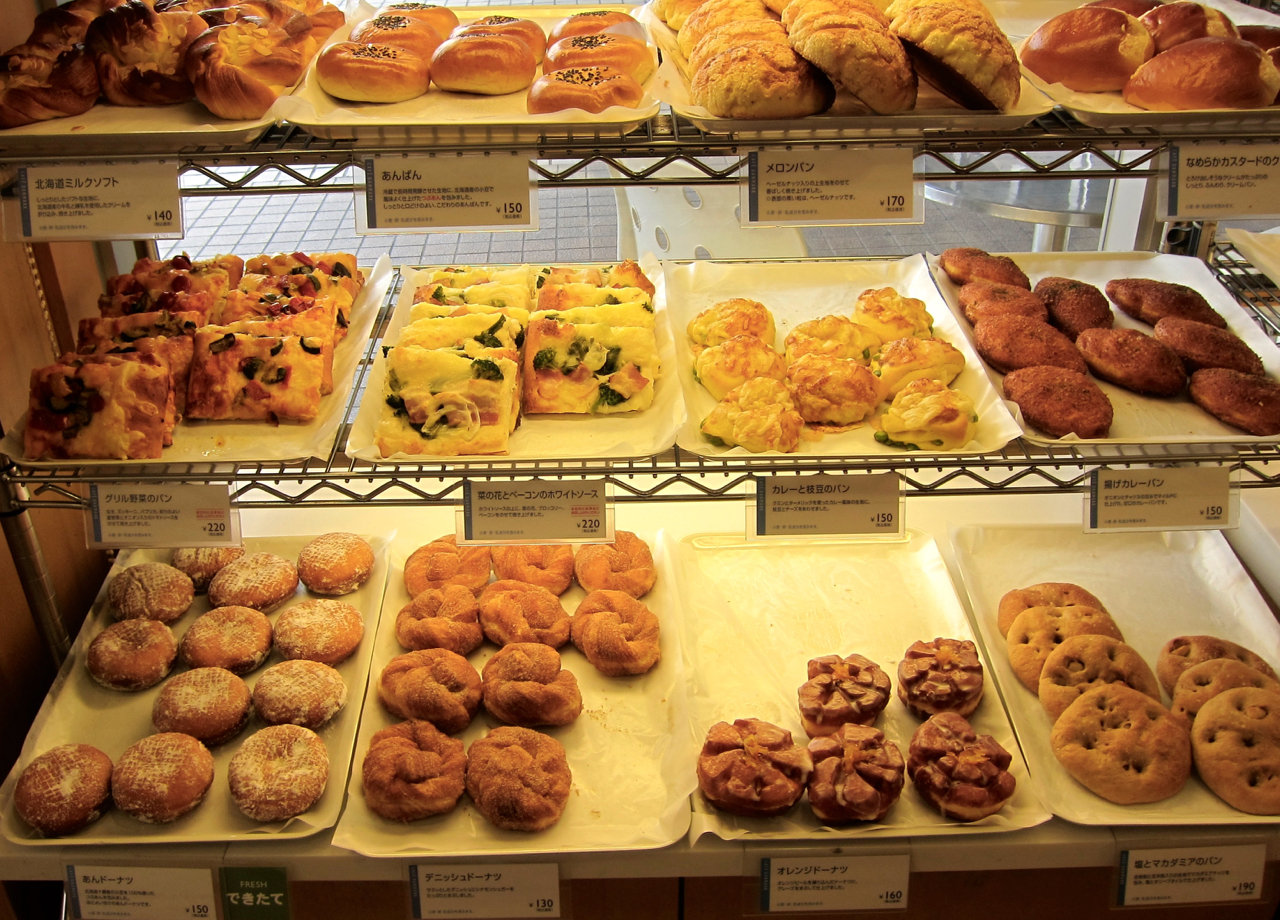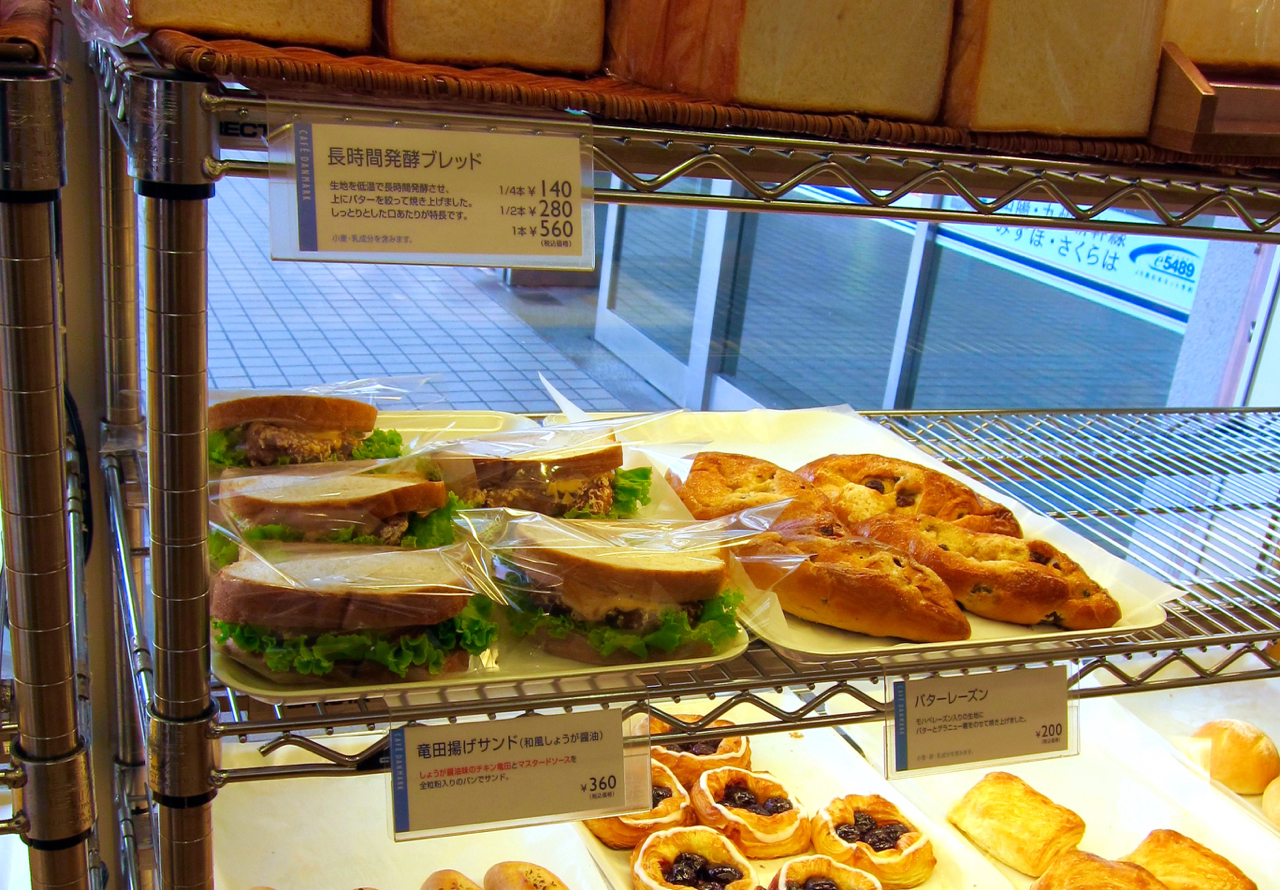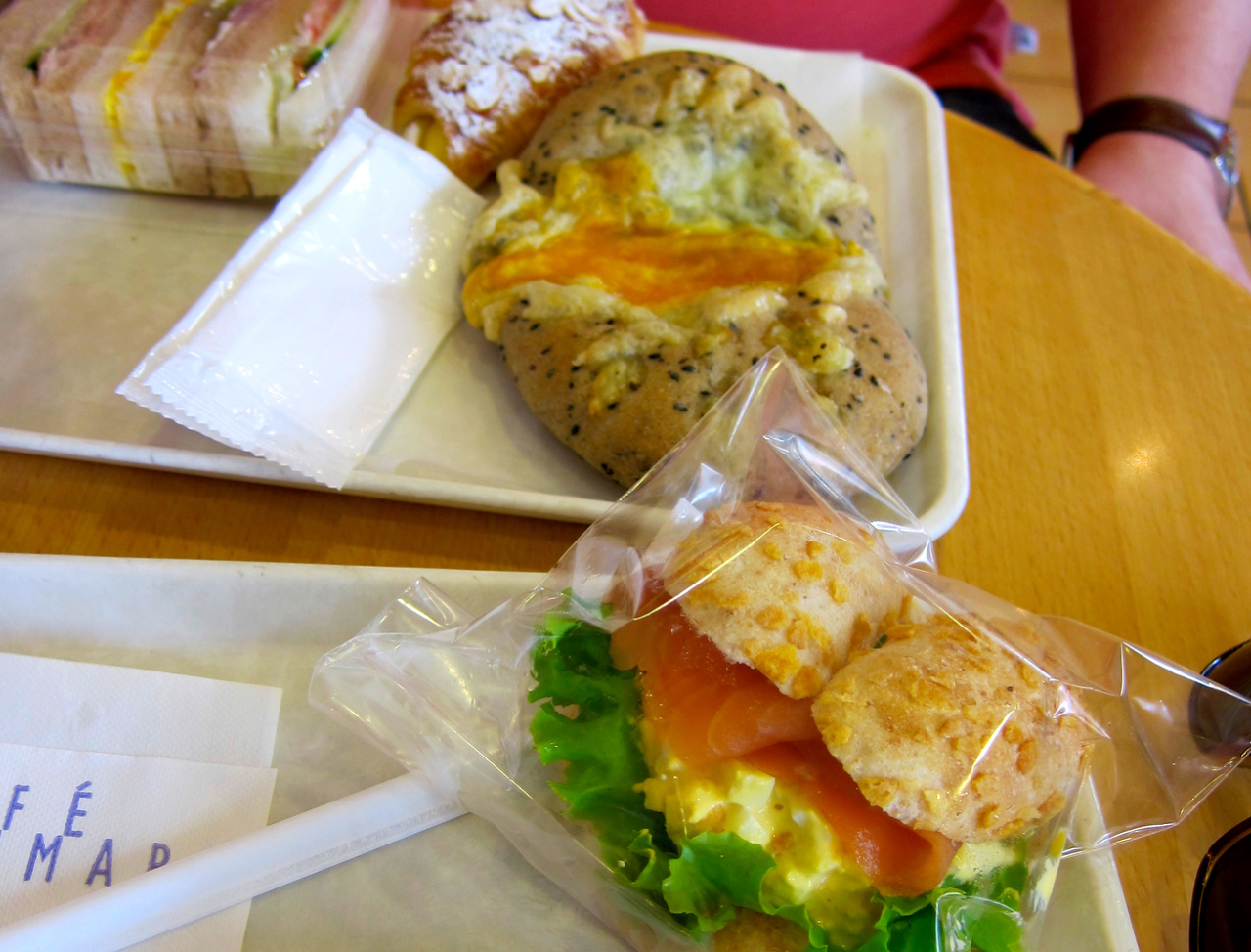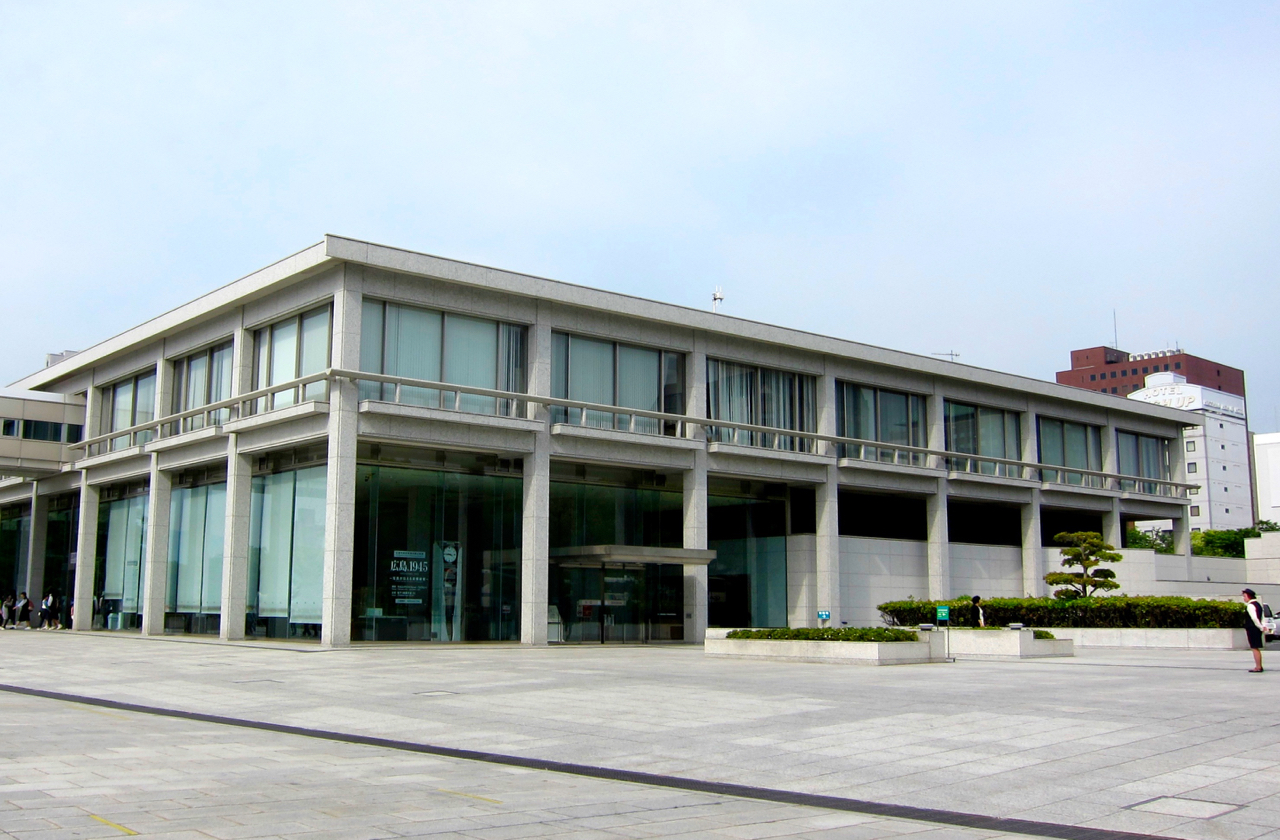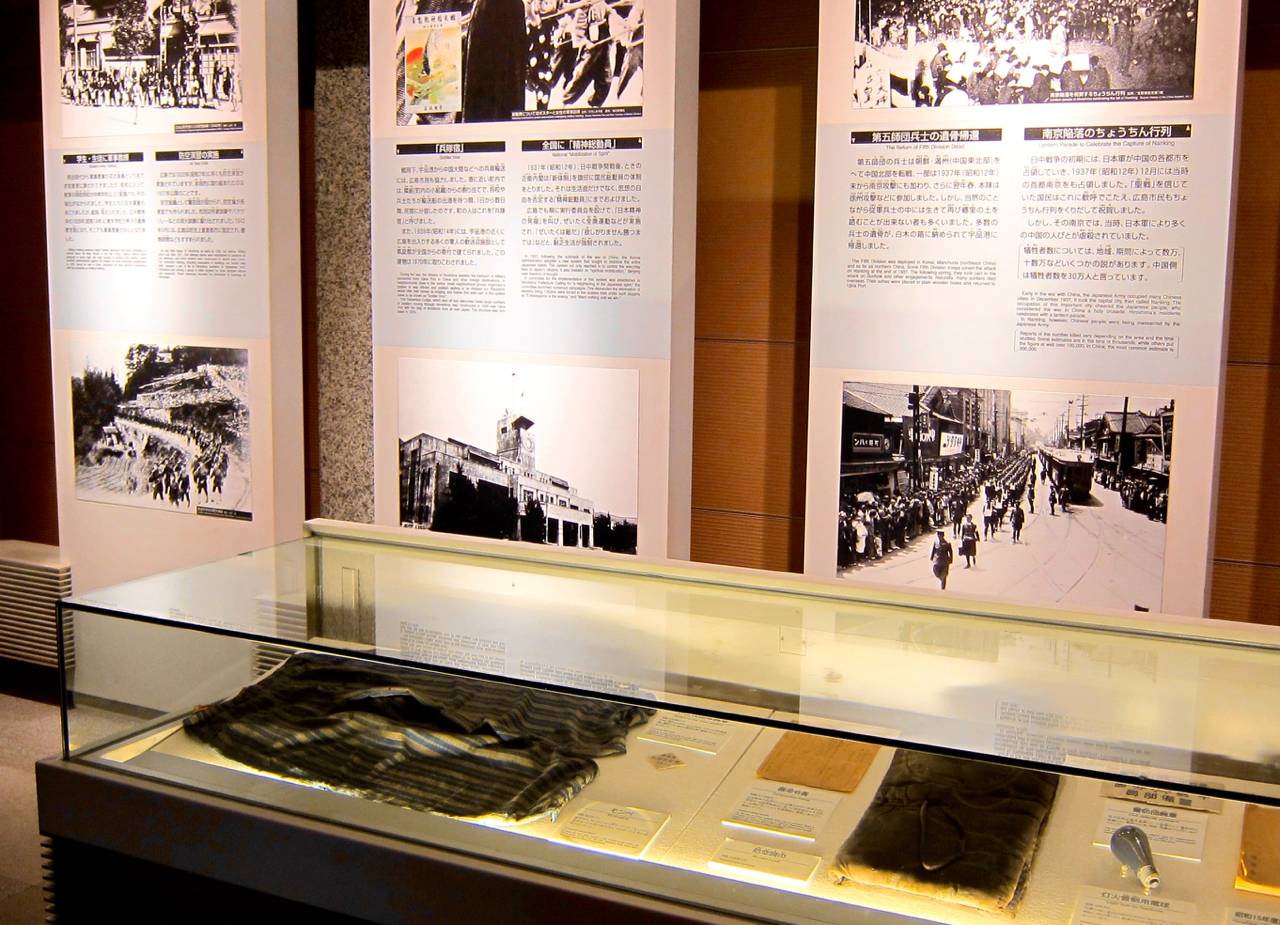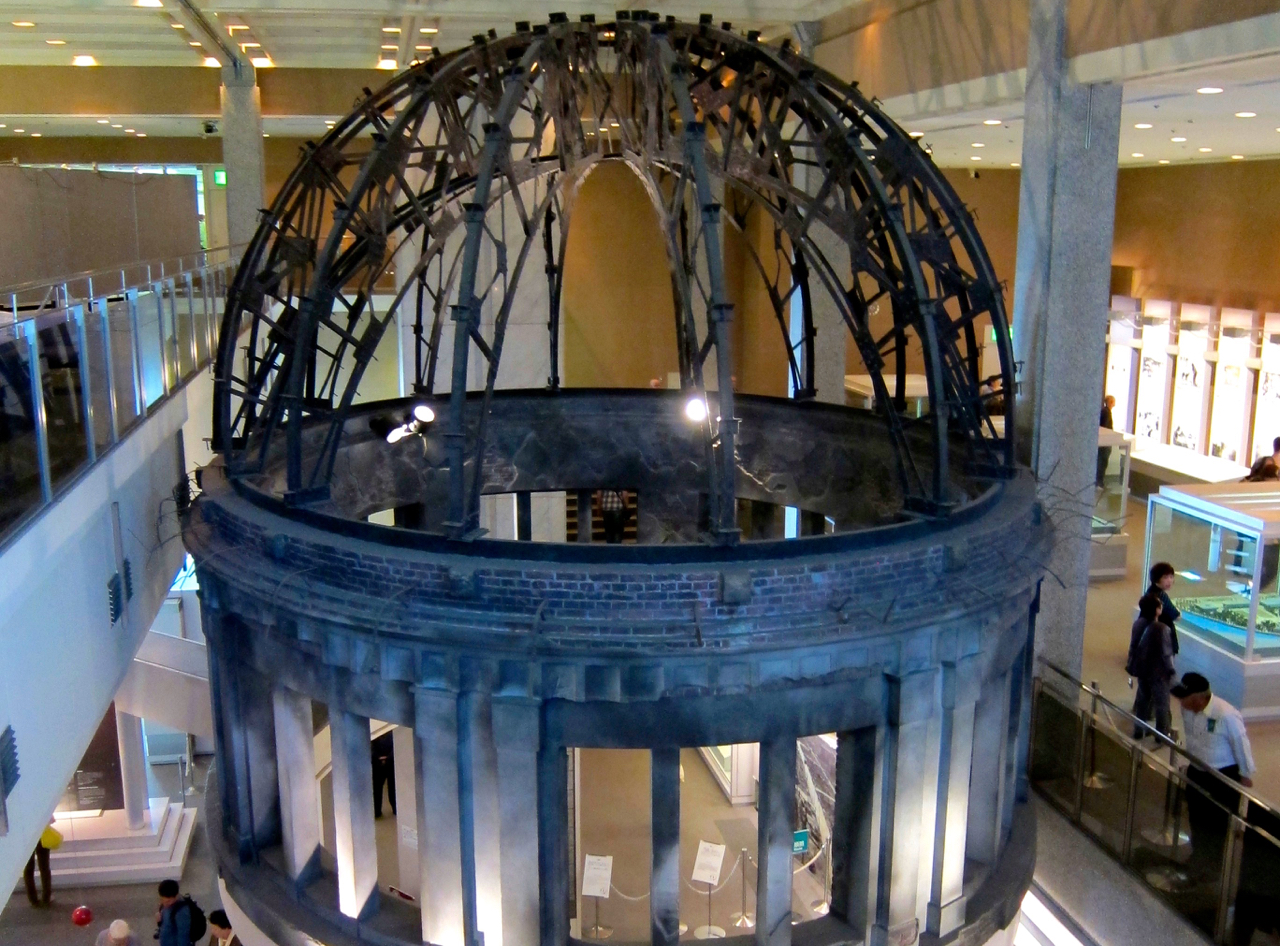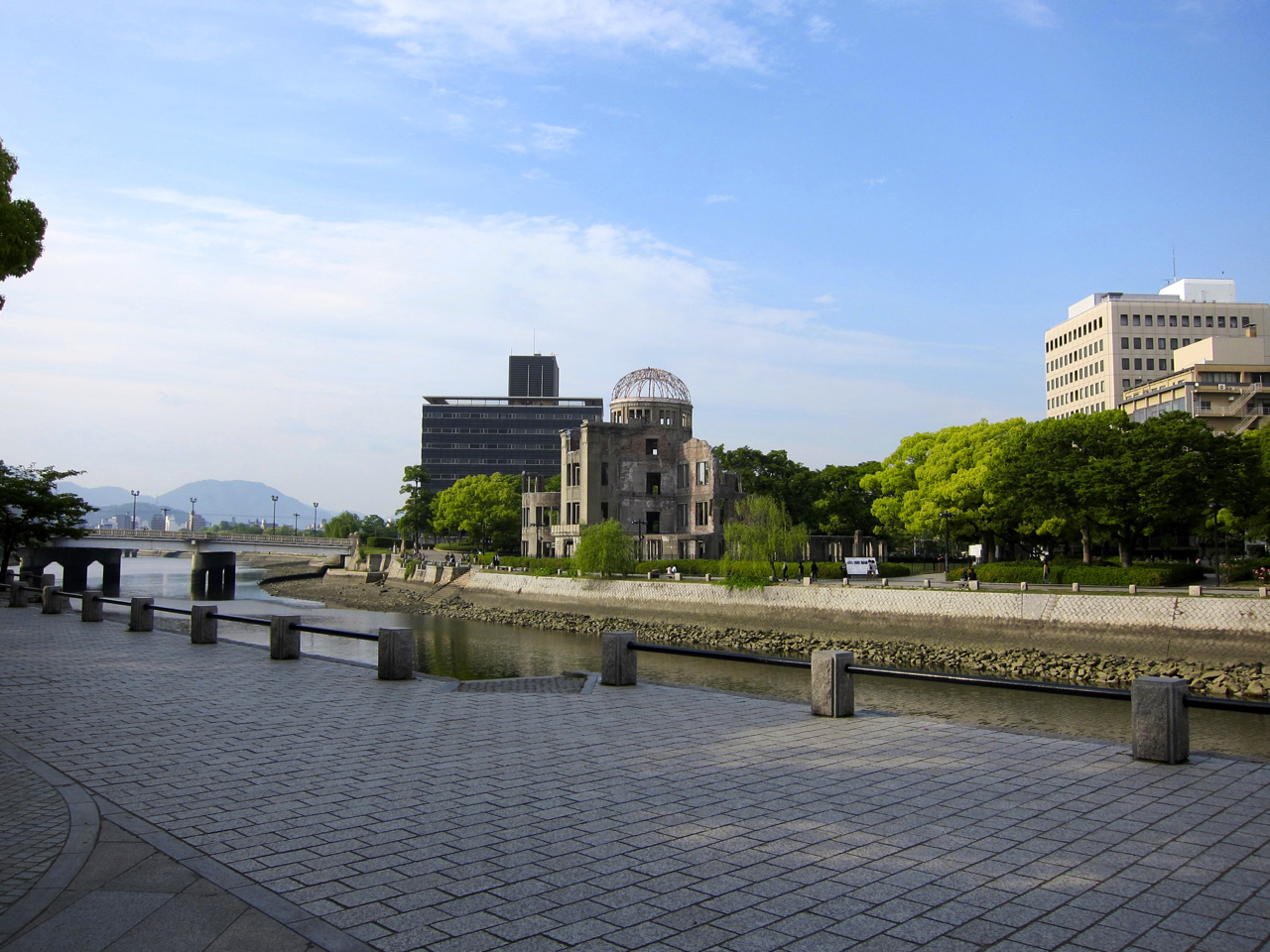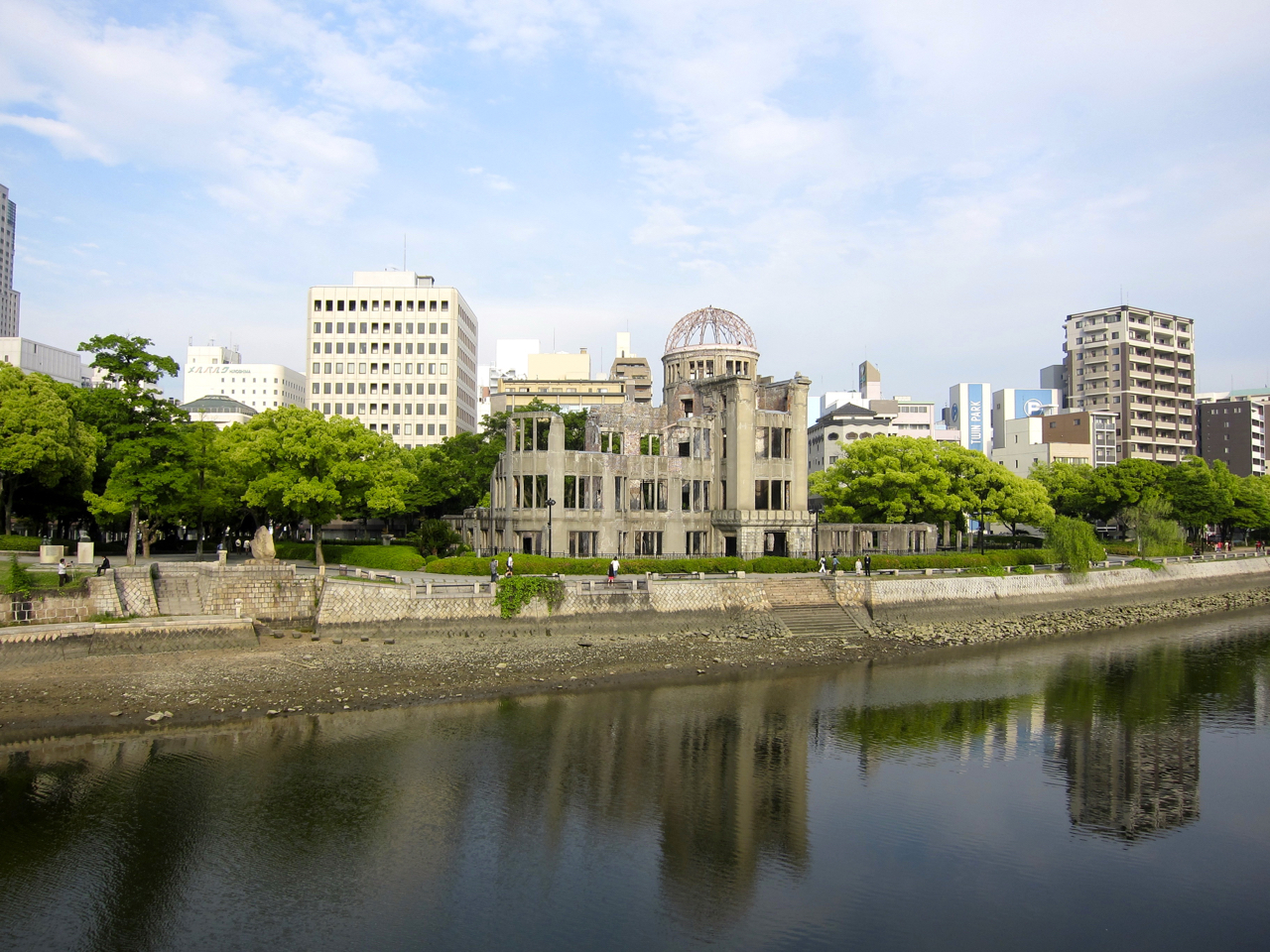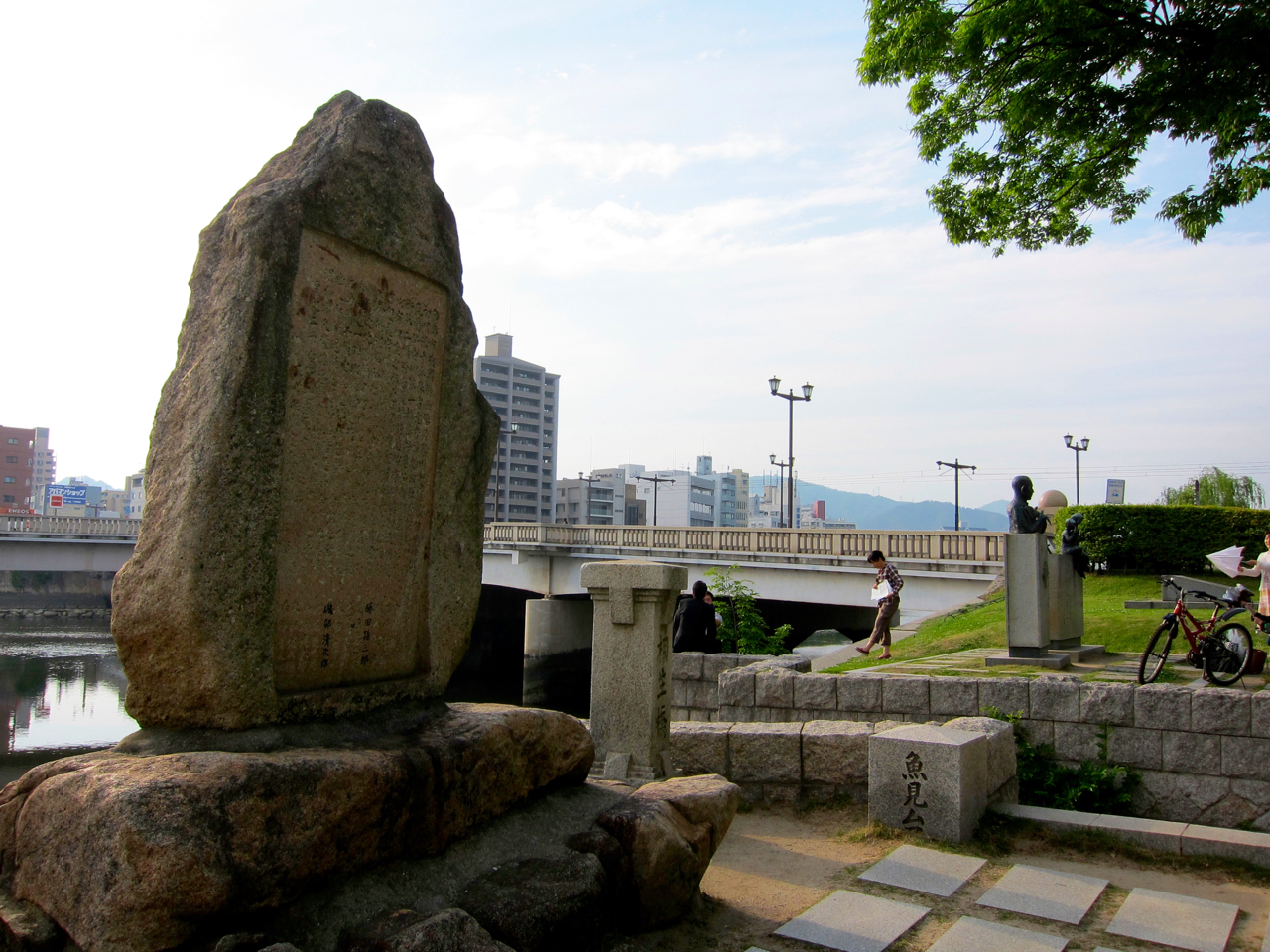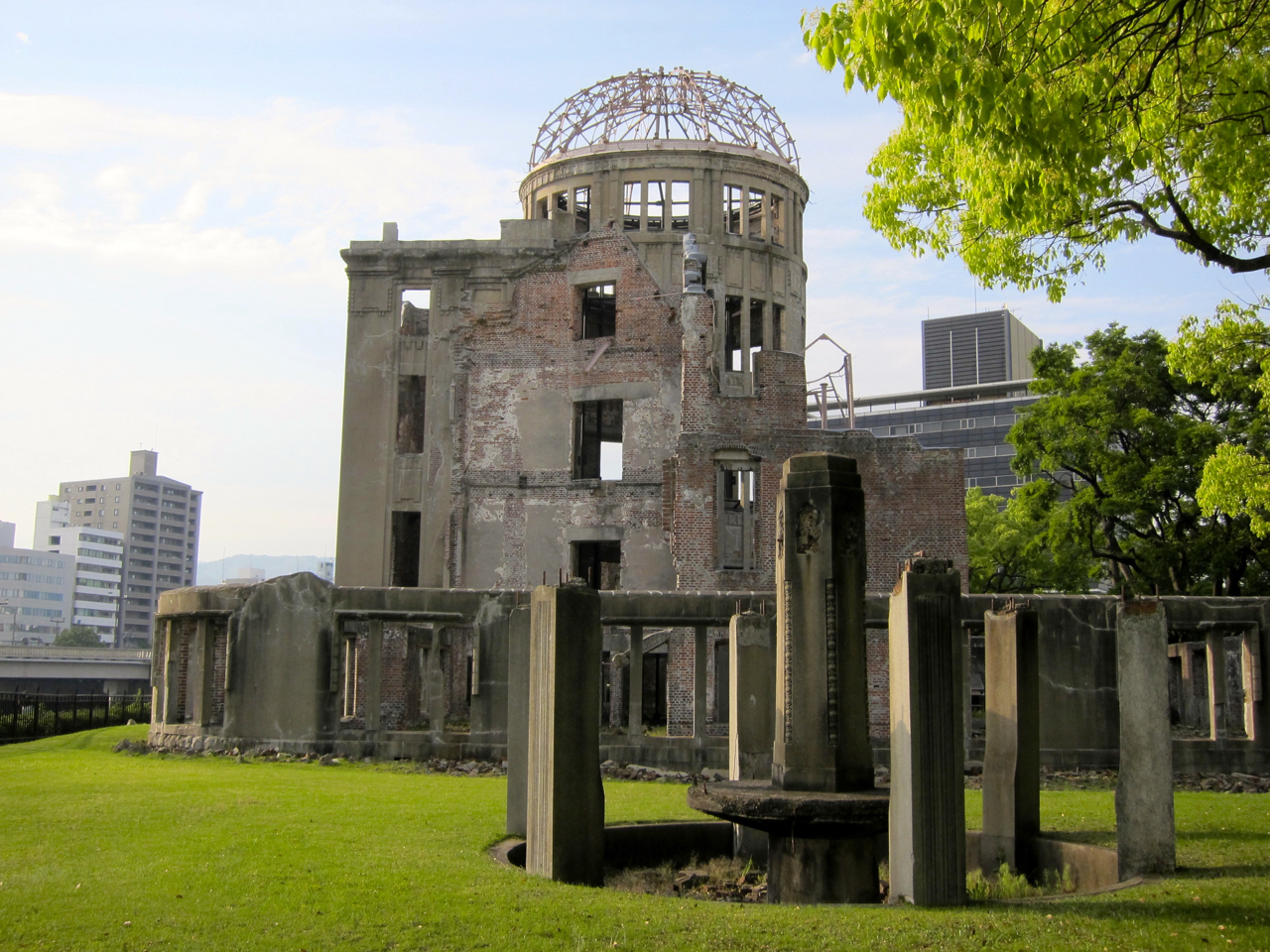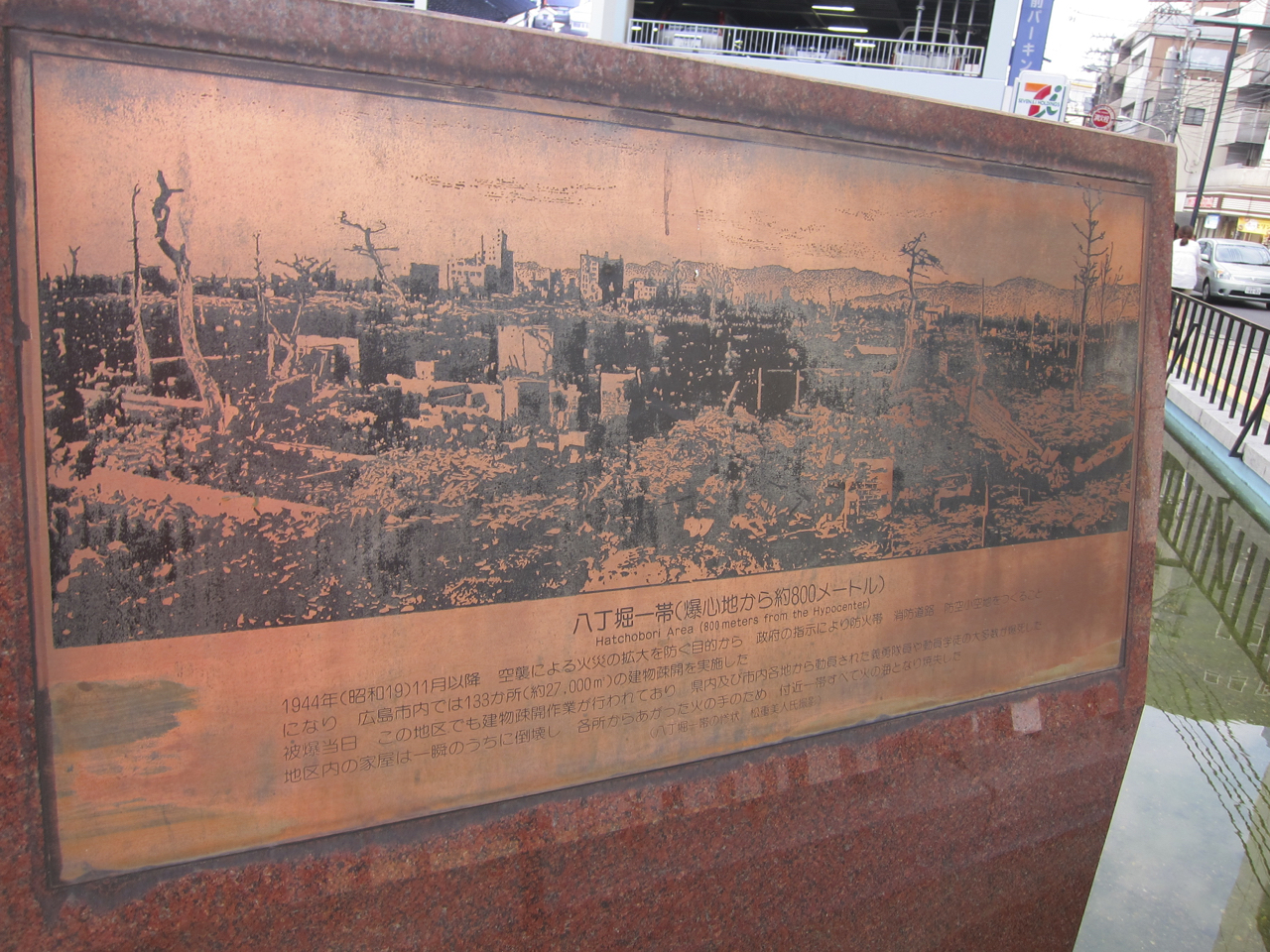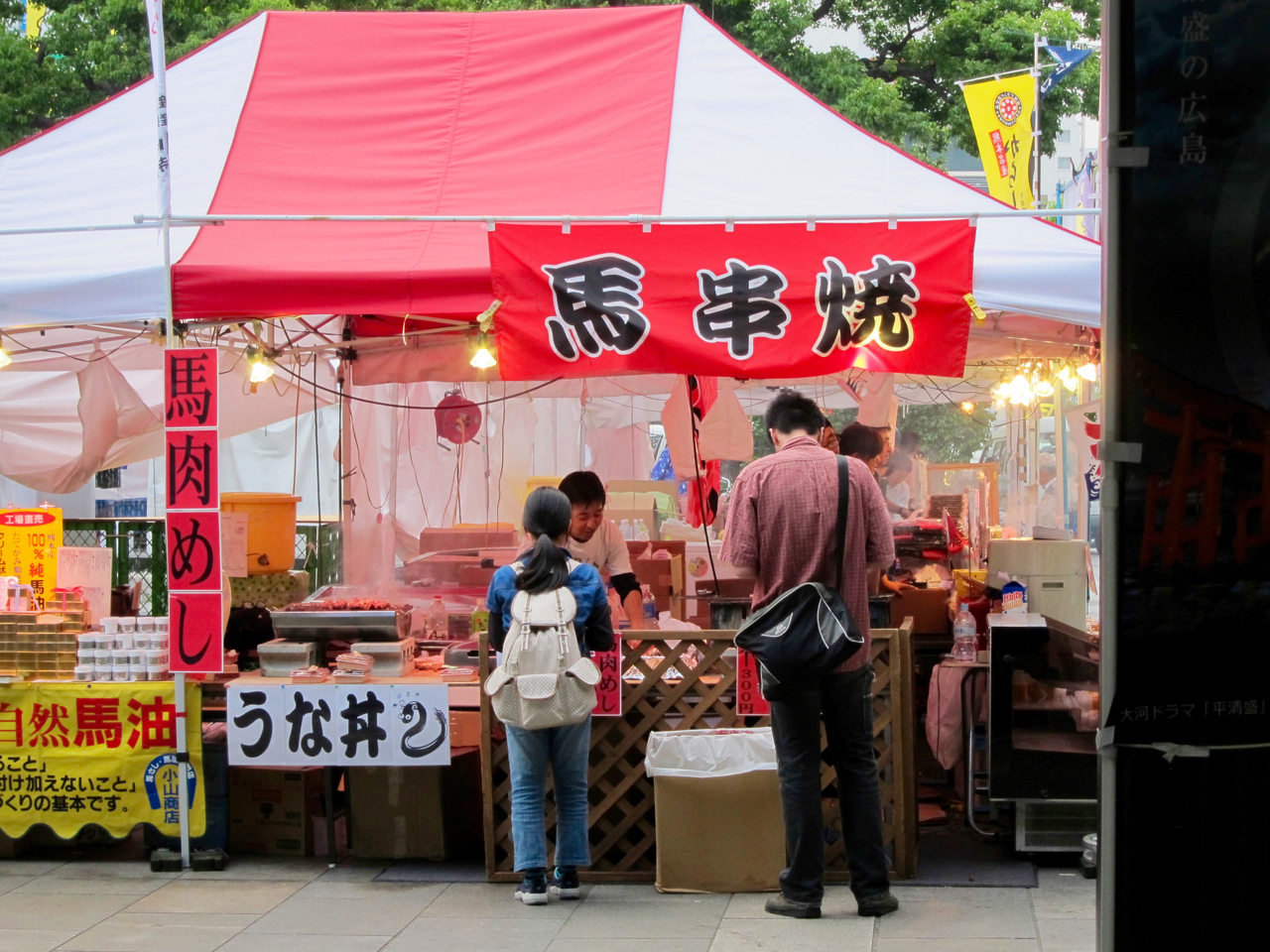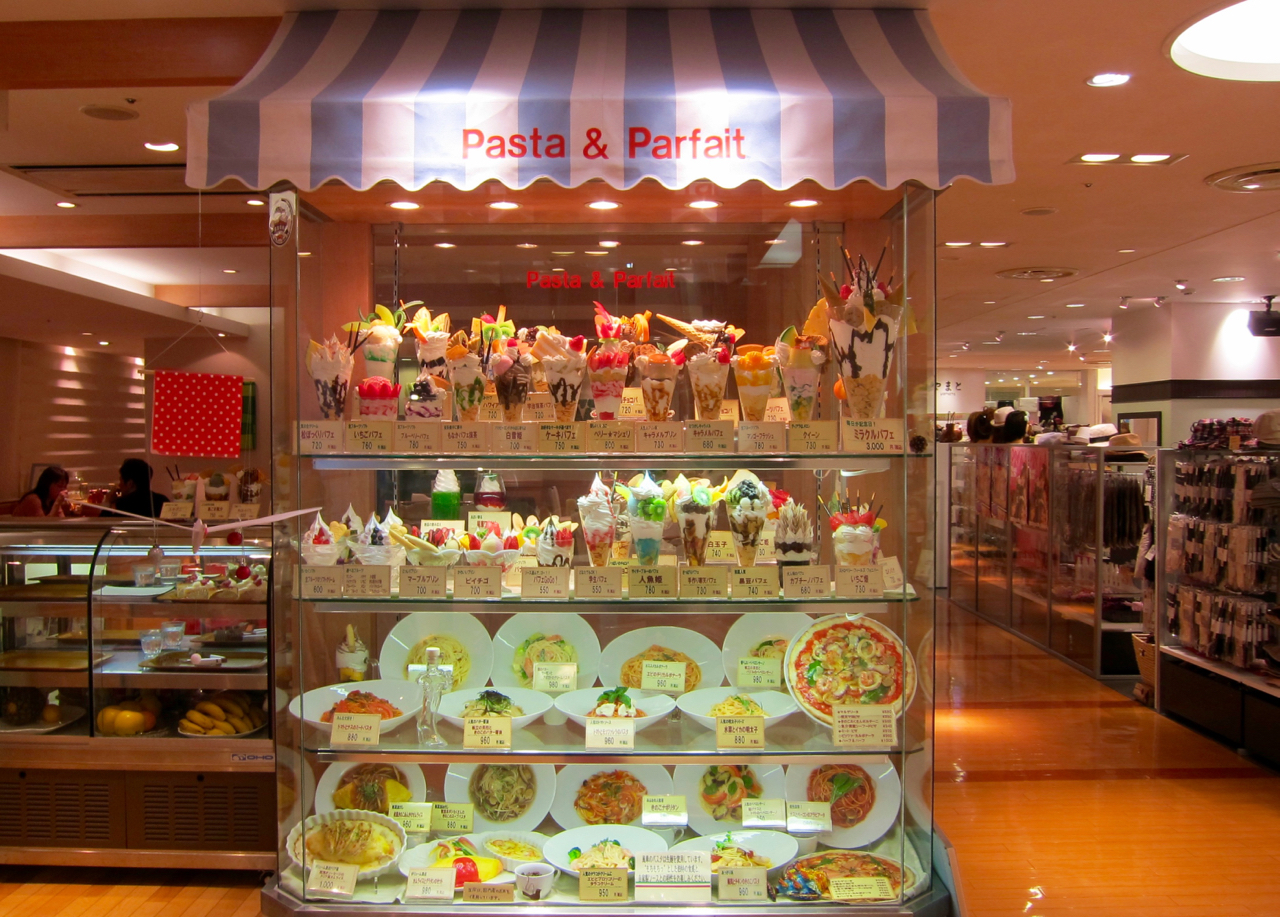Magic in Japan: Day in Hiroshima
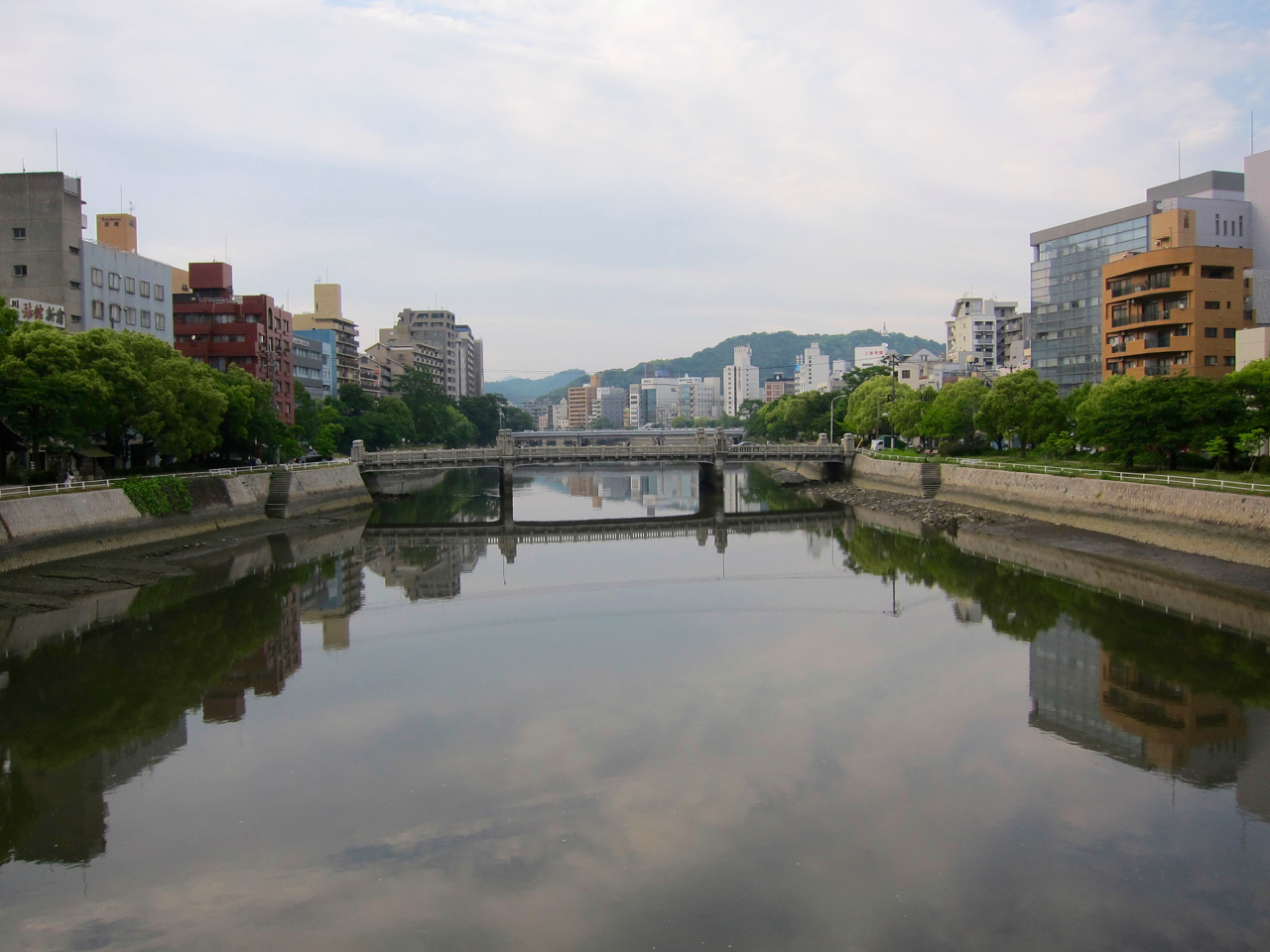
Trip Index:
Introduction
Getting There – JAL First Class
Hotel Review: Ritz-Carlton Tokyo
Guide to Tsukiji Fish Market
Room Service Review: Ritz-Carlton Tokyo
Day in Tokyo
Taking the Shinkansen “Bullet†Train
Hotel Review: Ritz-Carlton Kyoto
Tea at the Ritz-Carlton Kyoto
Day 1 in Kyoto
Day 2 in Kyoto
Room Service Review: Ritz-Carlton Kyoto
Park Hyatt Tokyo: Revisited
Getting to Hiroshima
Hotel Review: Sheraton Hiroshima
Day trip to Miyajima
Day in Hiroshima
St. Regis Osaka
Day in Osaka
As a child I’d learned in history class about the atomic bomb that had been dropped over Hiroshima on August 6, 1945 and that it had pretty much wiped out everything within several miles. The city did not become uninhabitable afterwards as many initially thought it would, and in fact many famous monuments were rebuilt along with the city as a whole.
I wanted to learn more and heard about the Hiroshima Peace Memorial Museum so I blocked out an entire day for a visit. Some feel that just a few hours is good but I knew I’d want more time to explore the whole museum and surrounding area.
We started out the day with an early breakfast at Cafe Danmark, a little shop with delicious pastries close to the Sheraton Hiroshima hotel. The hotel was just a 10 minute ride away from the Hiroshima Peace Memorial Museum via the JR station.
As it is recommended not to visit during super hot days in the summer we waited until one of our trips to Japan was when it was a little cooler. The museum is open from 8:30am to around 6pm (though in winter it closes at 5pm and in summertime 7pm) and costs just 50 yen to get in (less than 50 cents). Note that right now there are huge renovations going on to some of the exhibits so you may want to visit the museum’s official website to see what is open before visiting.
The museum building itself looked rather bland on the outside, but the exhibits inside were well worth it. We visited on a weekday that was unusually quiet, with just a couple school classes on a field trip and a light smattering of other visitors. We were told that it is a very popular place for school classes to visit since it brings history to life.
The museum was divided into two sections, the East Wing and the West Wing. We started with the East Wing, and the exhibits gave information about the history of the city of Hiroshima, and described what Hiroshima was like before the attack. It showed what life was like during World War II and how the citizens of Hiroshima lived after the bomb. There was even model of the A-Bomb Dome, showing the damage that was done. It made my heart go out to all those whose lives were lost or affected by the bomb. I was surprised to find that rather than focused on anger and hate though, the exhibits then went into the hope of Hiroshima for worldwide peace. They hope to eliminate all nuclear weapons, and there are copies of letters that are continually sent out to other countries all over the world to encourage peaceful solutions in a nuclear age.
Moving on to the West Wing there were stories of those who lost their lives, and remnants of personal effects left behind such as a school bag, shoe or doll. There was also an informative section that showed how a blast affects different materials such as wood or skin. Again, it didn’t dwell on the negativity but instead on the hope for learned understanding and commitment to peace, which should not be taken for granted.
Once outside we took a walk through Peace Memorial Park which was once the political and commercial hub of the city prior to the bombing. This is why that particular spot was targeted. It is here where the Cenotaph for the A-Bomb Victims is located. The arched tomb is a memorial for all those who perished because of the bomb and there is a chest below containing a list of over 220,000 names. The park was a very peaceful and moving place.
One thing that I found interesting is that right when the bomb hit, all watches and clocks stopped instantly. A watch in the museum has the hands frozen in time at 8:15 and outside the Peace Clock Tower chimes gently each day at the exact moment the world changed.
The epigraph reads,
“With the appearance of nuclear energy, mankind is standing at a crossroads between life or death, downfall or prosperity. Uniting the wide world with one heart, the role of Lions Club members in establishing peace is big. We have built this clock tower and donated it to the city in accord with the perennial preservation of the A-bomb Dome. The chime of the clock tower resounding everyday at 8.15, the time when mankind received its baptism of the atomic bomb for the first time, calls out to the world for “No more Hiroshima” and we pray that the day for lasting peace may soon come to mankind.”
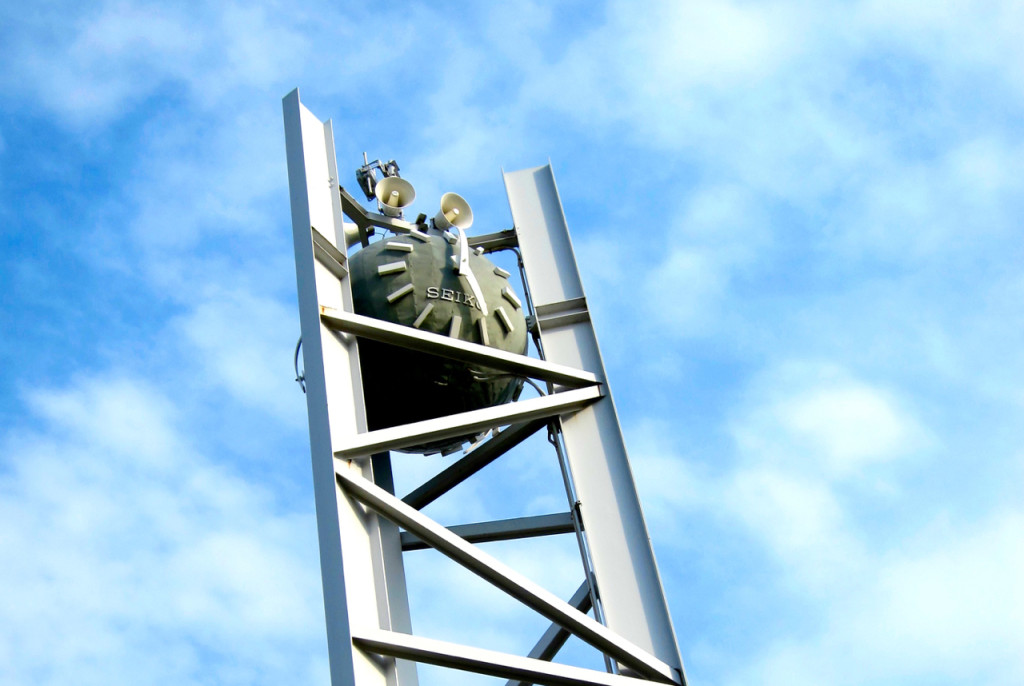
The A-Bomb Dome is a focal point of the park, which is now known as the Hiroshima Peace Memorial. It is one of the only buildings that remained after the bomb, and is also a UNESCO World Heritage Site.
The explosion happened just above the building, and now there are benches around the Dome where people relax, reflect, eat some lunch or read. Some little birds cheeped and hopped around the metal structure.
For more, here’s a BBC News Special slide show of a first-person account of what life was like during the bombing.
Before visiting the museum and memorials I had felt a bit apprehensive, but was relieved to find it a welcoming and informative place. I was very glad I visited. Afterwards we walked around the outskirts of the park. It was a little like coming out of a movie theatre where you’re still a bit in a daze for a bit, thinking about the movie.
We occasionally came across historical markers, denoting the affects of the blast in that area as well. They were maroon colored and had information in both English and Japanese.
We did a little shopping around town, and I had a little laugh as we came across one of the shortest escalators I’d ever seen, which just went up 3 or 4 steps.
Arriving back to the hotel we wrapped up the day feeling grateful and watching the sunset over the mountains.
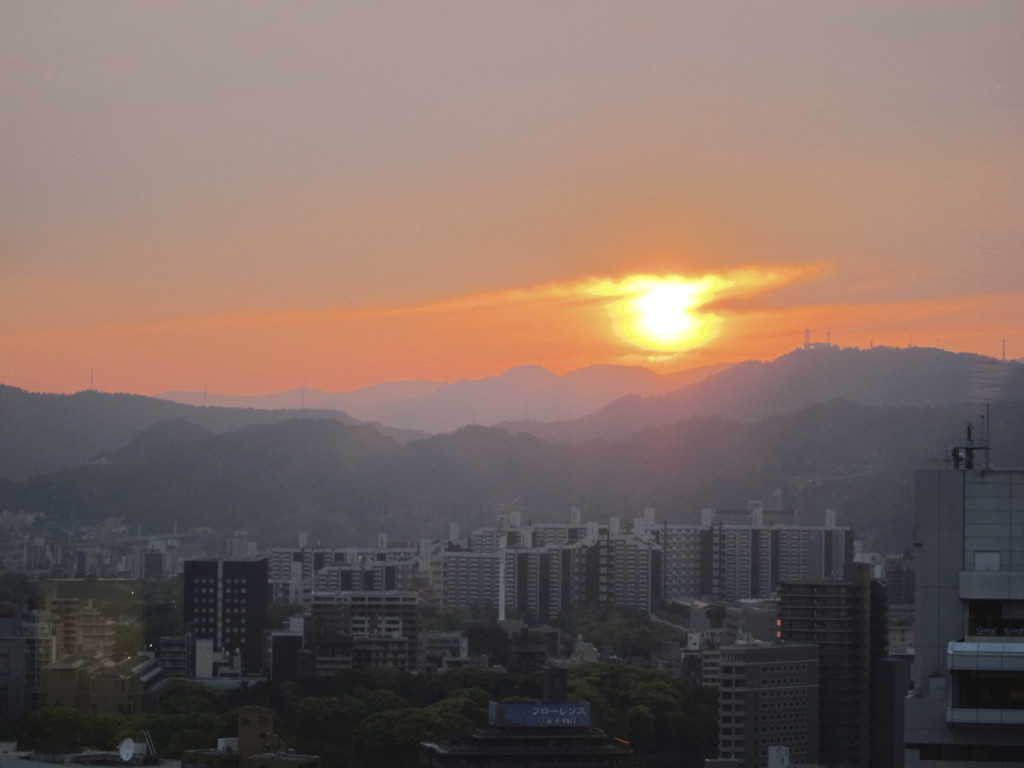
The next hotel on the agenda was the St Regis Osaka, which we’d check out the next morning.
Find the review here!

